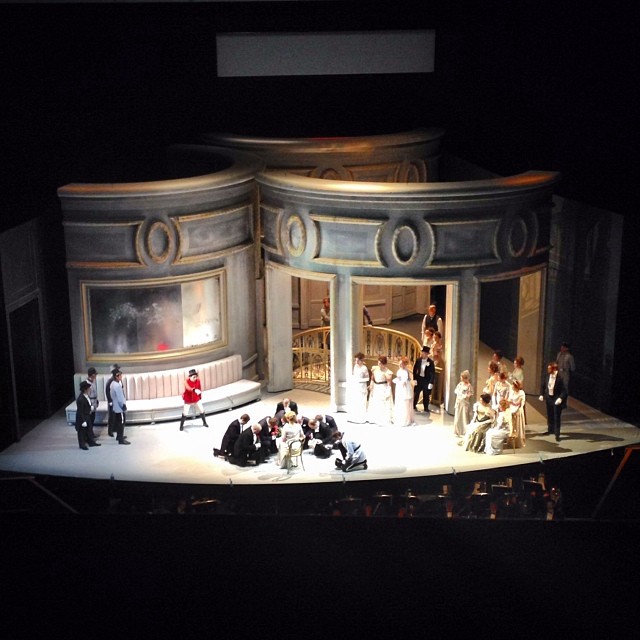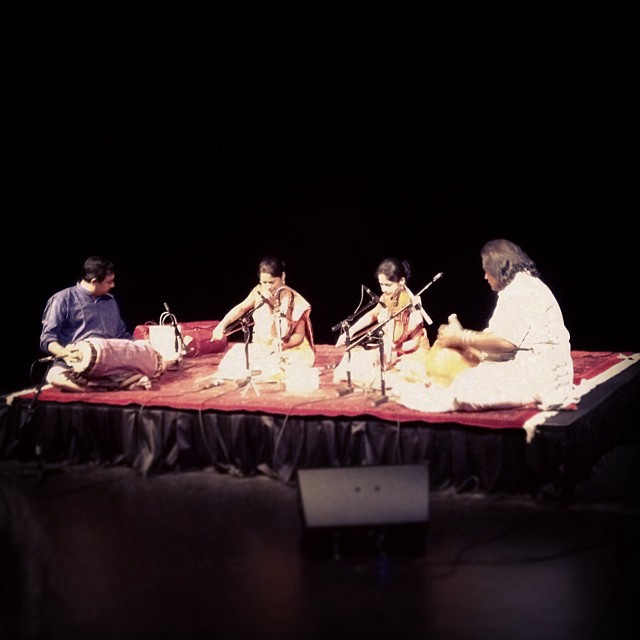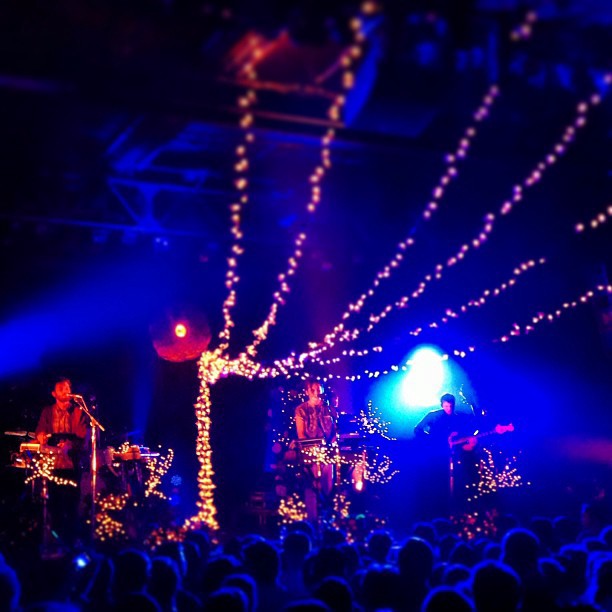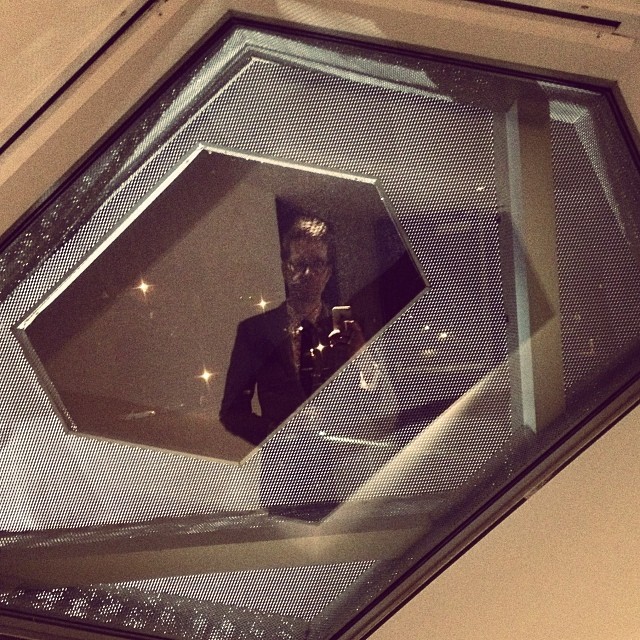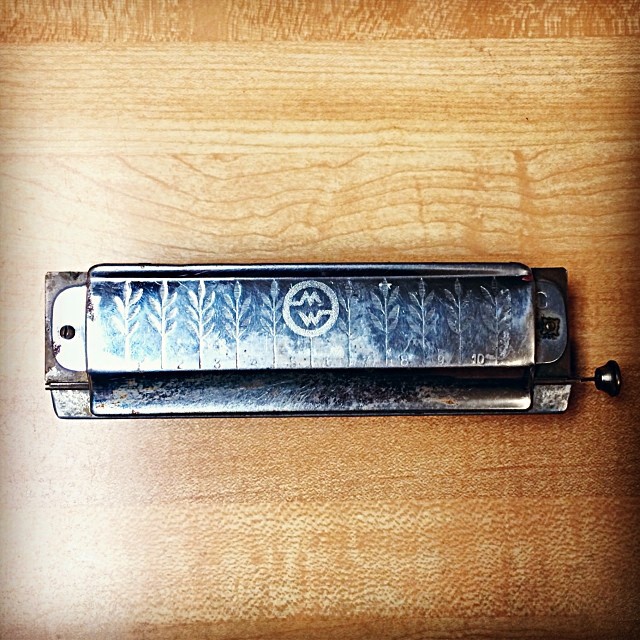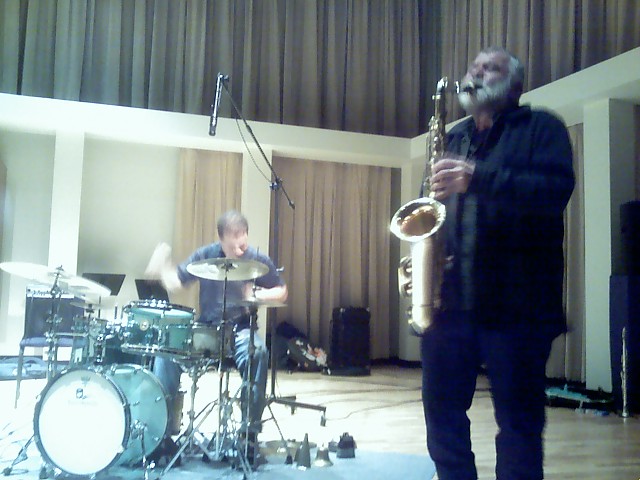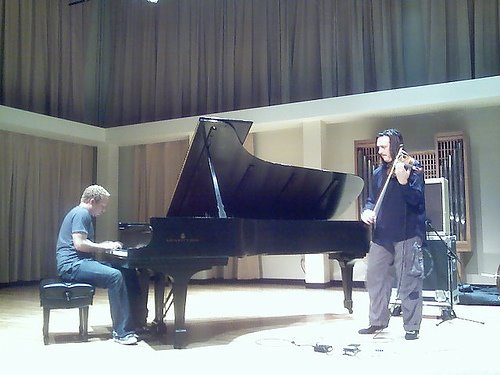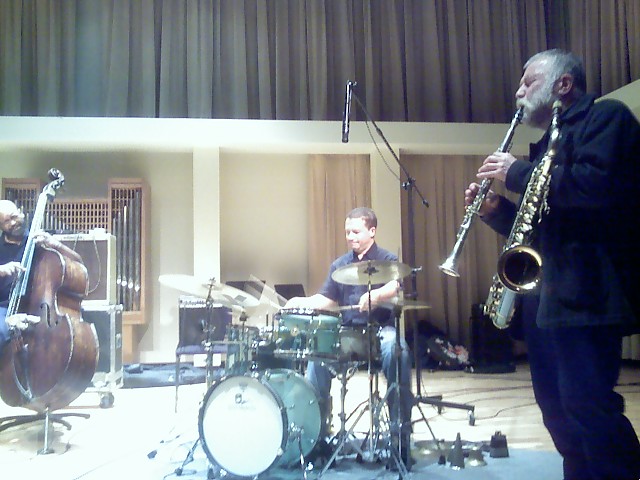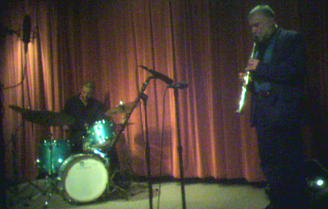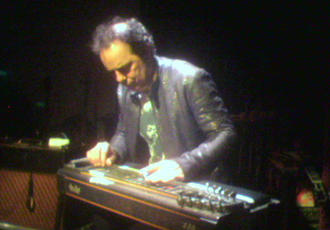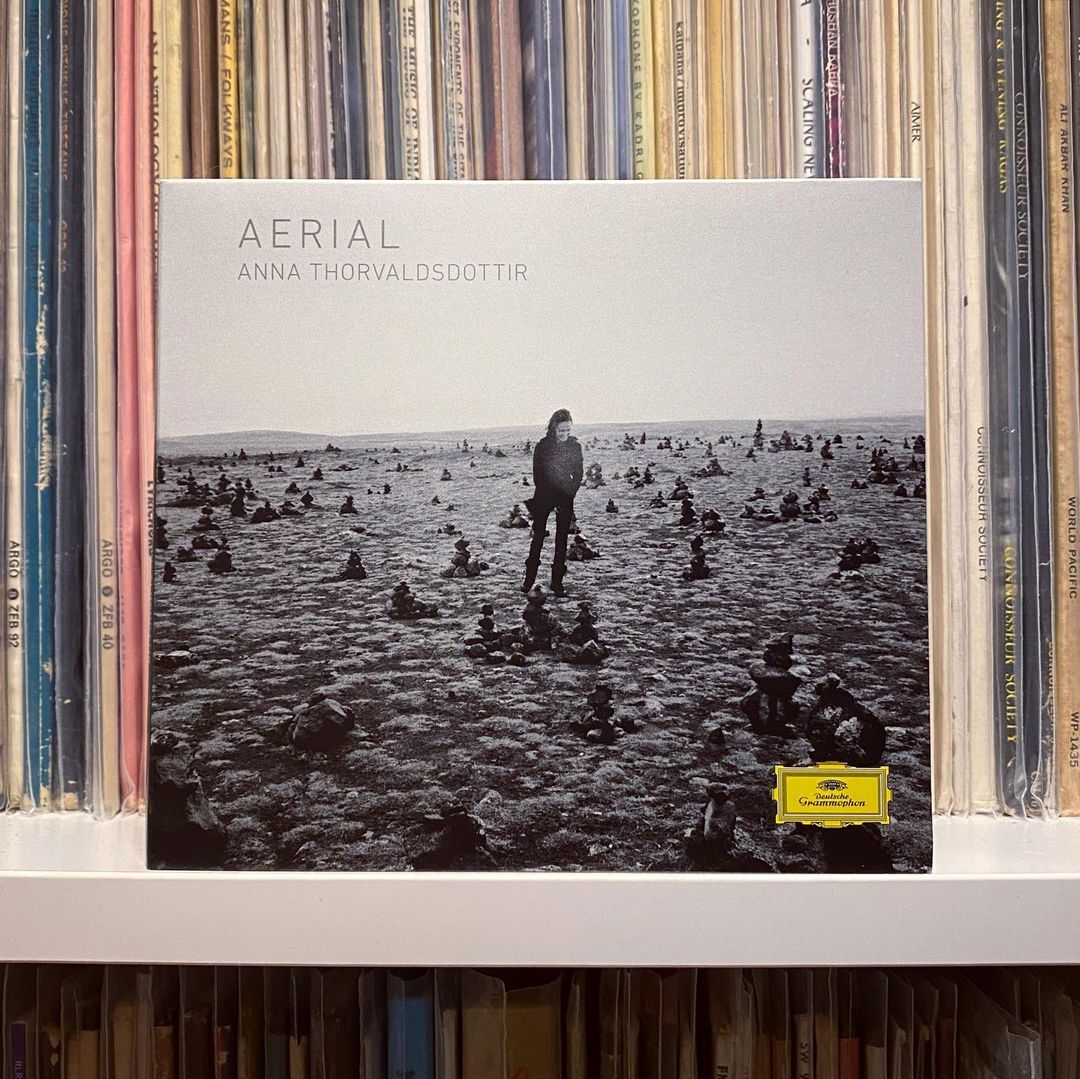
That’s not an LP. It’s too small.
I know, from a guy that only posts online about records? A compact disc? YES.
This July, I rejoined the ranks of CD player-havers with a Marantz CD player. I even ordered my first CD in probably a decade — this amazing 2014 album by composer Anna Thorvaldsdottir. Her string quartet “Enigma” was set to come out in August, and I wanted to hear it in full digital splendor, and it wasn’t coming out on LP. That sealed the deal.
After years of vinyl and streaming only, I am welcoming the permanence and fidelity and focus of the compact disc into my listening room. I used to have hundreds and hundreds of CDs, but sold them as I transitioned into LP-only listening. (I kept a few things which were not available on LP, about a two dozen albums or so.)
I’ve had an interest in classical, ever since my parents got that Tchaikovsky CD from Columbia House — the one with Seiji Ozawa and the Berliner Philharmoniker performing the 1812 Overture and Marche Slave and Francesca da Rimini. I should find a copy of that now, or politely ask my parents to borrow it. I don’t think they have a CD player in the house anymore. Fewer and fewer people do.
Then followed my stint in classical-friendly public radio, listening each weekend to hours of pre-produced classical programming. Not to mention a 30,000-title library, which made up a valuable part of my college education.
Almost 9 years at Public Radio International kept my interest in classical music at a low simmer, always there, always keen, but maybe second fiddle to rock or jazz. See what I did there?
My tastes shifted more fully to classical when I was nearly punched in the face at a brawl at my second Motörhead concert. After that, I started attending the Minnesota Opera and St. Paul Chamber Orchestra concerts regularly. (A logical transition, right?)
As a crate digger, eBay-er and Discogs patron, I had great fun going down the rabbit hole of finding all of the Giacinto Scelsi and Kaija Saariaho and Morton Feldman records ever made, but after a while, you start to hit a vinyl dead end, you know?
As I type this, 3,000 records are peering down at me. I’m far from abandoning it as a format. However a few events this summer have led me to pump the brakes on buying LPs for a minute:
- Records mis-delivered to the wrong address on a holiday weekend, where they sat in the sun in 101°F heat. They didn’t fare well.
- Weird Record Store Day shenanigans from the record labels.
- Low-quality reissues due to cut corners and low quality control at stressed and backed-up record manufacturing plants. (Three copies of one title to get one that only had a few defects.)
- The out-of-control color variant game for so many new releases.
There’s so much great music composed and performed today that was falling through the cracks for me and my ears. I started to add the things not available on vinyl to my streaming library, but it’s not at all the same. I was craving the focused listening that a physical recording brings. There’s an entire universe of modern classical that I’ve been missing out on until now.
I’ve since expanded my CD collection with lots of $3 jams from eBay, and it’s been a blast. I’ve avoided buying all of the things I had on CD in high school and college, as I am making a deliberate attempt to keep the momentum moving forward. It’s hard to resist that pull of nostalgia, and the shelf space says nooo.
I’m here to listen closely, support the artists, and buy CDs. There, I SAID IT.
